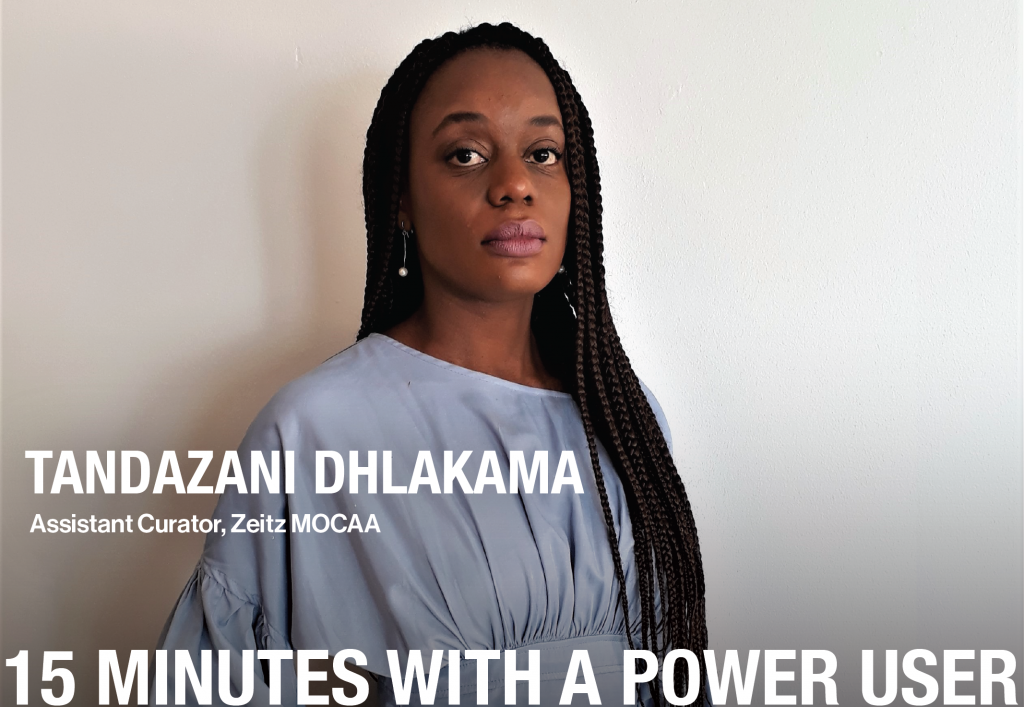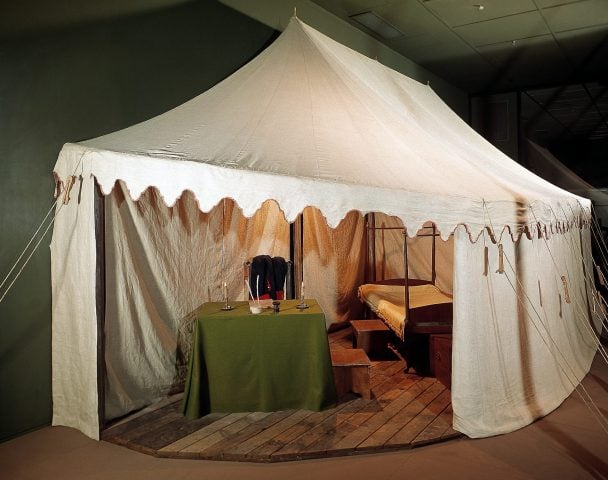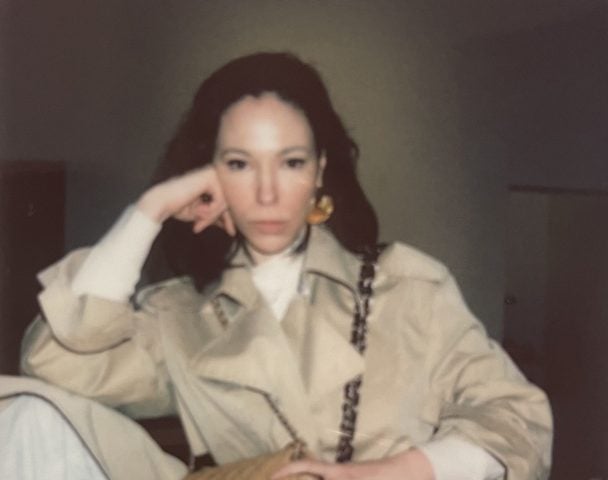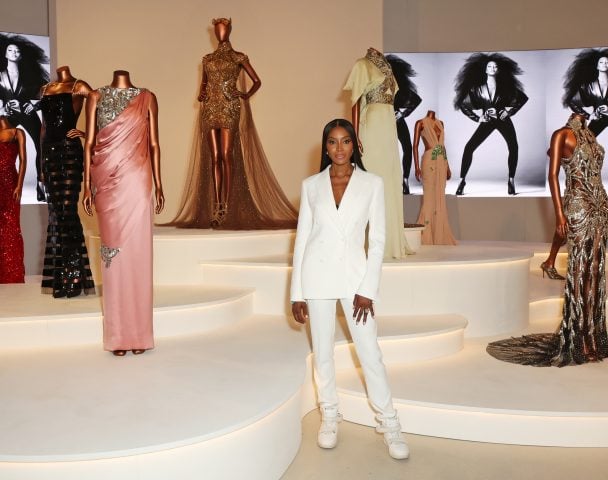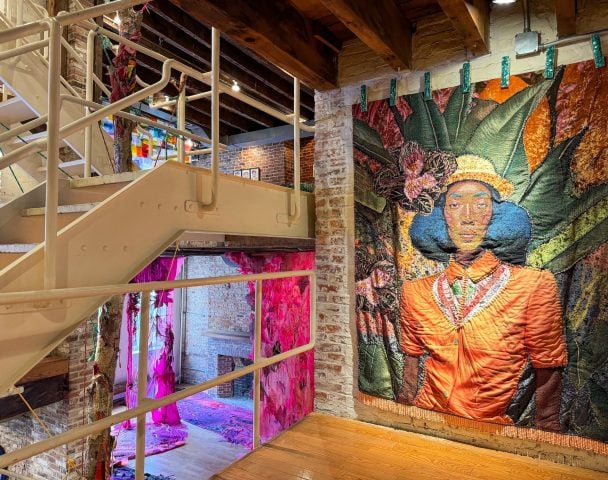There is only one tool trusted by art-world insiders to buy, sell, and research art: the Artnet Price Database. Its users across industries—from auction houses to museums, galleries and government institutions—represent the art world’s most important players. We’re taking 15 minutes to chat with some of the Artnet Price Database’s power users to get their take on the current state of the market and how they’re keeping up with the latest trends.
Over the course of her career, Zeitz MOCAA assistant curator Tandazani Dhlakama has learned that a museum’s size and location are not always the most important ingredients for success—the commitment of the people behind it is what really matters.
“Passionate people can take any receptacle and create engaging content that bridges gaps, and brings together a multitude of voices to make meaning that resonates in the immediate environment and beyond,” Tandazani says.
After working as a curator of education and public programming at the National Gallery of Zimbabwe, she landed in her current role at Zeitz MOCAA, the largest museum of contemporary African art in the world. She recently organized an exhibition of contemporary painting from Zimbabwe, and is now working on a show of video art by women artists from Africa and the African Diaspora. We caught up with Tandazani to hear about how she approaches her curatorial work, the trends she sees in the global art market, and what she thinks people misunderstand about African contemporary art.
How do you approach curating contemporary art, and do you think at all about the market value of art when curating an exhibition?
I try not to focus solely on the market value of an artwork when developing shows. To do so would be a major injustice to the hundreds of thousands of incredible artists from Africa. The market cannot solely inform my work, or there is risk of neglecting the many important artists that, for various reasons, are not very visible on dominant art-market platforms. My work is informed by the transmission of knowledge and celebration of identity and culture. Sometimes this involves in-depth research, moving away from obvious spaces, and engaging with an artist who may have no commercial gallery representation, let alone a website. Selecting artists solely from major art fairs and not doing deeper work is lazy curating, especially if you are working from a region that doesn’t have a long history of [participating in] art fairs. With that said, of course the art market has a vital role to play in the art ecosystem. Commercial entities and collectors are essential, and their contribution is important. They have helped to shape and promote the careers of countless artists. However, the role that the market plays can be quite different to that of a public-facing museum or independent art space.
What are some trends you see emerging around African contemporary art?
Artists from Africa have always been making critically engaging, provocative, and relevant work. I am careful in how I speak about contemporary art from Africa, as I don’t want to reduce it to a trend or passing fad. However, it is indeed heartening to see more and more artists gain attention, recognition, and prominence outside of their home countries. I also think that as the middle class in various parts of Africa continues to grow, so too will the African collector base, and we are seeing this more and more. Art fairs such as the 1-54 Contemporary Art Fair, Art X Lagos, ArtHarare, and others are helping to highlight emerging voices and mediums. So too are festivals and mega-exhibitions such as the Stellenbosch Triennale, and biennales in Lagos, Kampala, Casablanca, and Lubumbashi, to name a few.
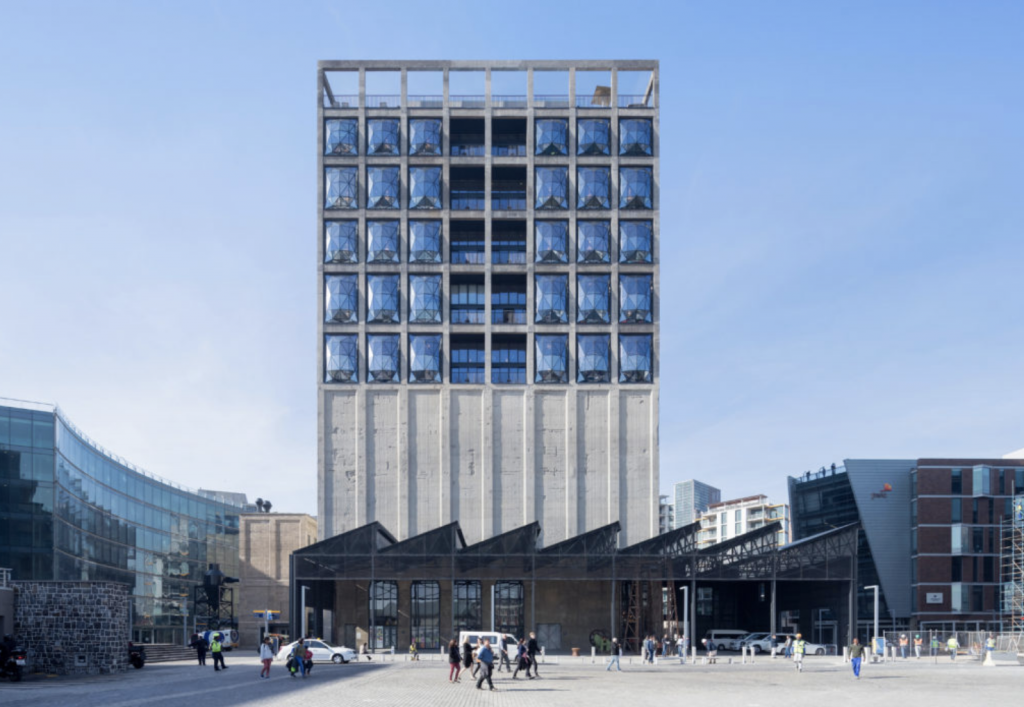
Zeitz MOCAA’s exterior, courtesy of Heatherwick Studio. Photo by Iwan Baan.
Who is the next big contemporary artist working in South Africa right now?
I think Buhlebezwe Siwani is making some very pertinent work right now.
You recently curated “Five Bhobh – Painting At the End of an Era,” an exhibition of contemporary painting from Zimbabwe. What did the curatorial process for that show look like? How did you find inspiration?
When I was asked to curate “Five Bhobh,” Zimbabwe was going through an interesting transition. In a dramatic turn of events, former president Robert Mugabe had been forced to resign, and everyone was both hopeful and wary of what the new dispensation would bring. In the months to come, there would be a historic presidential election. There was great angst and anticipation. I was curious to see how artists were making sense of this tense moment and thought that the best way [to explore this] would be to focus on contemporary painting from Zimbabwe. Stone sculpture had put the country on the art map, and that medium had been explored in depth since the ’60s. Documentation of painters’ immense contributions had been largely neglected or inconsistent, while Zimbabwe’s amazing painting trajectory had been overshadowed by other narratives.
Most of the works in the show were new commissions. I really wanted the artists to have the freedom to make work about whatever they felt was important at the time. I didn’t want to impose themes or interfere too much with their processes. Several months before the exhibition, I made numerous research trips to Zimbabwe and tried to spend as much time as possible in studios and other spaces, listening to artists. It was also essential to engage with artists in the Diaspora. After a while, I could see that there were several dominant themes that kept coming up in conversation and in the work. They included issues around land contestation, politics, the city center, feminist contributions, collective memory, spirituality, and migration.
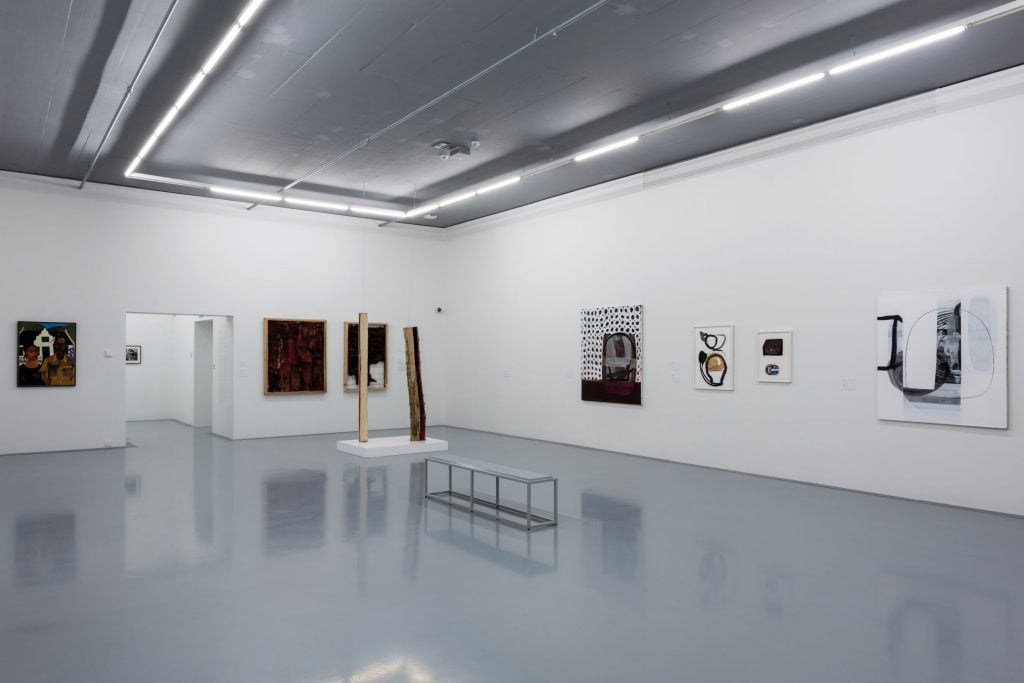
“Five Bhobh: Painting at the End of an Era.” Land Theme. Installation View. Level 3, Zeitz MOCAA. Photo: Johann Laurens. Courtesy of Zeitz MOCAA.
What is one thing you think people misunderstand about African contemporary art?
People still think about Africa in a reductive and homogenous way. There are 55 countries, and each one has its own histories, cultures, languages, contestations, and the like. Sometimes, in thinking about the contemporary art from Africa, people tend to only focus on a few regions such as South Africa, Senegal, and Nigeria. There are too many other regions that are often ignored or overlooked.
I also think that people limit contemporary art from Africa to the continental land mass. However, I cannot think of Africa without including the African diaspora, which includes Latin American, African American, Black British, and numerous artists from other cultures. Africa is a fluid and broad term.
What is the last thing you searched for in the Price Database?
I would like to search the work of Virginia Chihota.
Follow Artnet News on Facebook:
Want to stay ahead of the art world? Subscribe to our newsletter to get the breaking news, eye-opening interviews, and incisive critical takes that drive the conversation forward.
